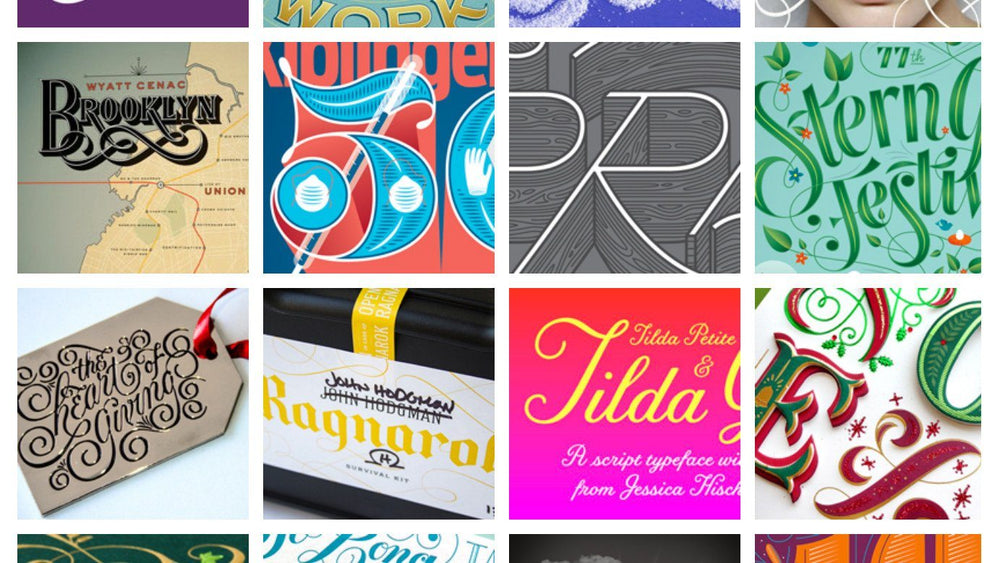
She’s as well-known for her side projects as her client work. One of America’s leading lettering artists, Jessica Hische coined the term ‘procrastiworking’ to describe her tendency to focus on personal projects instead of client work, but the phrase might more accurately be used to explain her prolific output across everything from books and branding to film.
The lettering artist, illustrator, type designer and author has been named a Print Magazine New Visual Artist (20 under 30), one of Forbes’ 30 under 30 in Art and Design, an ADC Young Gun, and a Person to Watch by GD USA. Her clients include Wes Anderson, Tiffany & Co and The New York Times, and she’s an in-demand speaker at conferences across the globe.
But even wildly successful creatives like Jessica can sometimes struggle to get the work-life balance right, as she told us at Reasons To conference in Brighton, England, back in September. In this exclusive interview with RetroSupply, she talks passion, project-hopping and how to prevent your side projects from making you sick...
You’re well-known for your progressive side projects. Which has been the most effective in propelling your career forward?
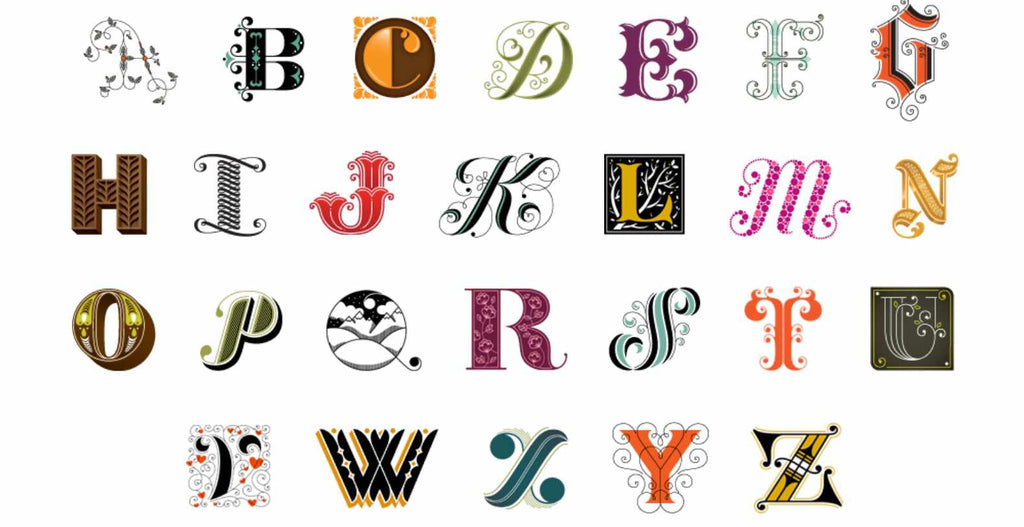
[Image: Jessica Hische, Daily Drop Cap]
Jessica Hische: By the sheer numbers and what happened after it, Daily Drop Cap was definitely the most effective. Creatively, it brought in more lettering clients – seven years later I’m still asked to do projects based on single letterforms – and it really pushed forward my role as a public figure in the design community. It was an early online example of an artist’s personal project, and it’s almost entirely responsible for my public speaking career.
But I’ve done other side projects that have had a big impact. My ‘Should I work for free’ flowchart has had amazing traction. People still pick it up all the time. It couldn’t be more different than Daily Drop Cap in terms of the amount of time it took to create – just a day – and it had a completely different scale of impact on my career. It strengthened my public speaking because it was so opinionated, and showed my sense of humor in a way that artist projects don’t normally. But it didn’t propel me into this different universe like Daily Drop Cap did.
What motivates you to start a new side project?

[Image: Jessica Hische, Jess & Russ wedding invitation]
The thing I struggle with most in terms of motivation is the fact that the most successful side projects are the ones where I could just drop everything and work hard for a week at a time. But it’s harder and harder for me to randomly have a 16-hour work day now, so figuring out where these projects would fit into my life is more difficult. I struggle to balance my work and life as it is – I feel like I have too much on my plate already.
At the same time there are all these things I’m passionate about, and I have to figure out a way to get them out of my system! It’s weird. It’s almost like a low-level illness and if I could just address it I’ll be healthy again.
But personal projects are wonderful for showing the world what you’re interested in doing, especially if you haven’t been paid to do that thing for a while. We forget how much control we have over our lives. It feels like we’re at the will of what clients ask us to do, but it’s on us to show those clients what we’re interested in doing, and that can get us more future work.
Absolutely. So once you've had an idea for a side project that you feel passionate about, how do you make time for it?
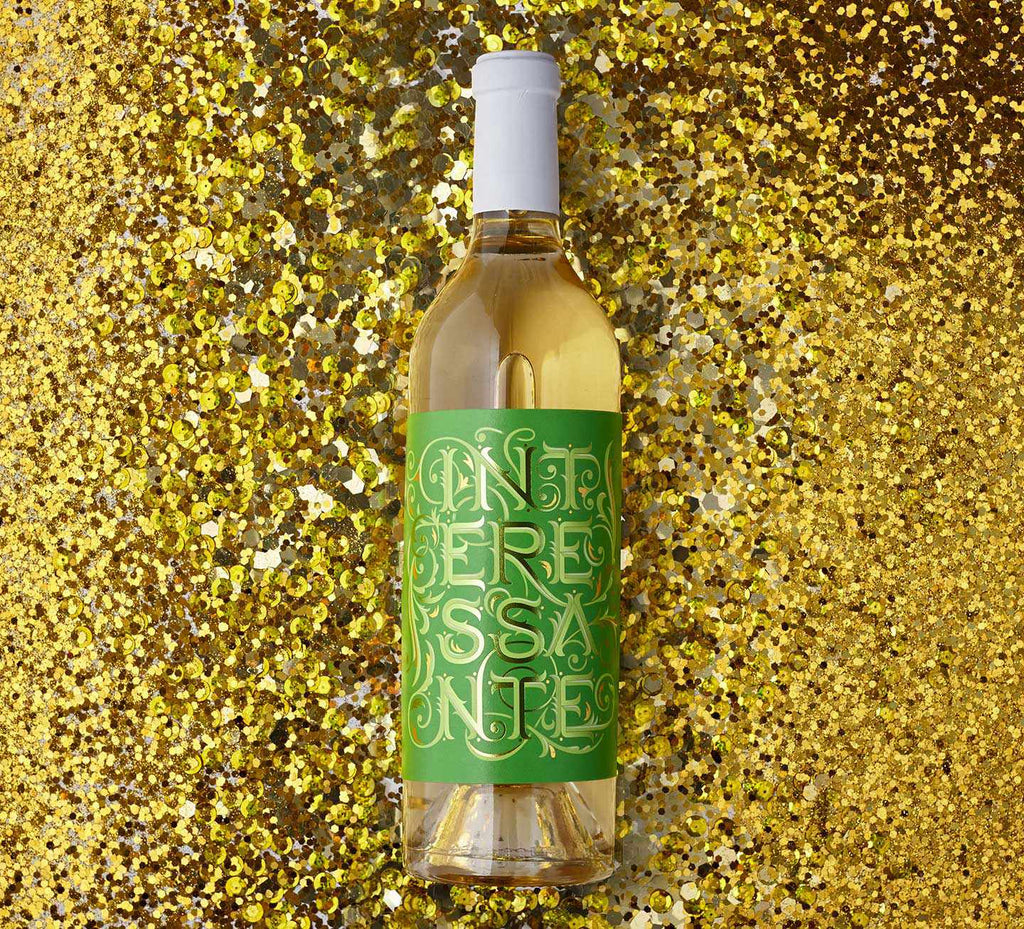
[Images above and below: Jessica Hische, Interessante]
01. Ask yourself: do you feel strongly about this?
Time has a very different value to me now than it did in the past. When I was younger, I felt like my time was very cheap so if I threw a lot of it at something that didn’t work out, it didn’t matter. Now every spare moment feels very expensive, so for me to find time to devote to a project, it first has to be worth it: the idea has to linger.
Whereas I used to start while the compulsion was high and decide if it was worth it later, now when I get the feeling that I need to do something, I almost need time to make sure I actually do feel strongly about it. It needs to get to that point, because I’m pretty good at turning down work if I think I’ll feel like working on it, but if I don’t actually commit, I’ll fill that time with other things. It just requires a lot of discipline.
02. Break the project into smaller chunks
I’m a really good starter of things but it’s difficult for me to finish, so I tend to think about my side projects in bursts of activity. Daily Drop Cap was the biggest one I’ve done, but I didn’t think of it as a big project – I thought of it as 20-40 minutes a day. That was very palatable, so it was easy to figure out how to work into my life.
With other side projects, where I don’t know how to break them down into those little bits, I pick ones where I know it will take me a long weekend. If it doesn’t, I usually lose steam and don’t finish it. But I don’t feel guilty about not finishing projects like that because I think that the process of making it – and getting it out of my system – is important. Also, sometimes following those projects through to the end feels disingenuous because I can’t deliver them with passion. You end up talking, later, about how it was such a slog and you’re just glad it’s finished, which isn’t a good way to talk about your work.

03. Don’t drop everything
I need to have a lot on my plate. When I’m losing steam on one project I need to be able to jump into another, and then move back when I’ve worked up the momentum again. If I’m like, ‘I’m gonna take a six-month sabbatical so I can work on one project,’ I know that project is never going to happen. It’s all about committing enough time to something – maybe two consecutive days every two weeks – where I can make these big strides and get stuff done.
04. Learn to love your rough, early work
I try to break new side projects down into different stages where I spend time ideating and trying to work through it mentally, before I commit pen to paper. But it can be difficult to formulate a way to do it properly because the projects are so different. I love writing, for example. The whole time I’m really excited about what it’s going to be, but I’m hating every moment of doing it because I’m so critical, and I don’t have the confidence – or the discipline and good practice – that I have with my artwork.
A lot of my side projects are like that, because if I work in a medium I’m not comfortable in, I don’t know how to be rough. I look at the roughs and think: ‘This isn’t good’ – instead of thinking: ‘This is contributing to the final.’ To make progress, you have to make sure you’re not putting all the pressure on yourself; that you know whatever you’re doing right then isn’t going to be the final draft, or the best thing you ever made. It’s just part of the process.
05. Don’t be afraid to ask for help
There are like 30 people in the acknowledgement section of every good book. If I feel like I’m struggling or it isn’t going well, I reach out to people who can help me. I think we put pressure on ourselves as creatives to do everything ourselves, but we shouldn’t be ashamed to reach out for criticism or for help to complete parts of a project.
You’ve built a global reputation for your lettering work. What advice would you give to someone who wants to get started in the field?
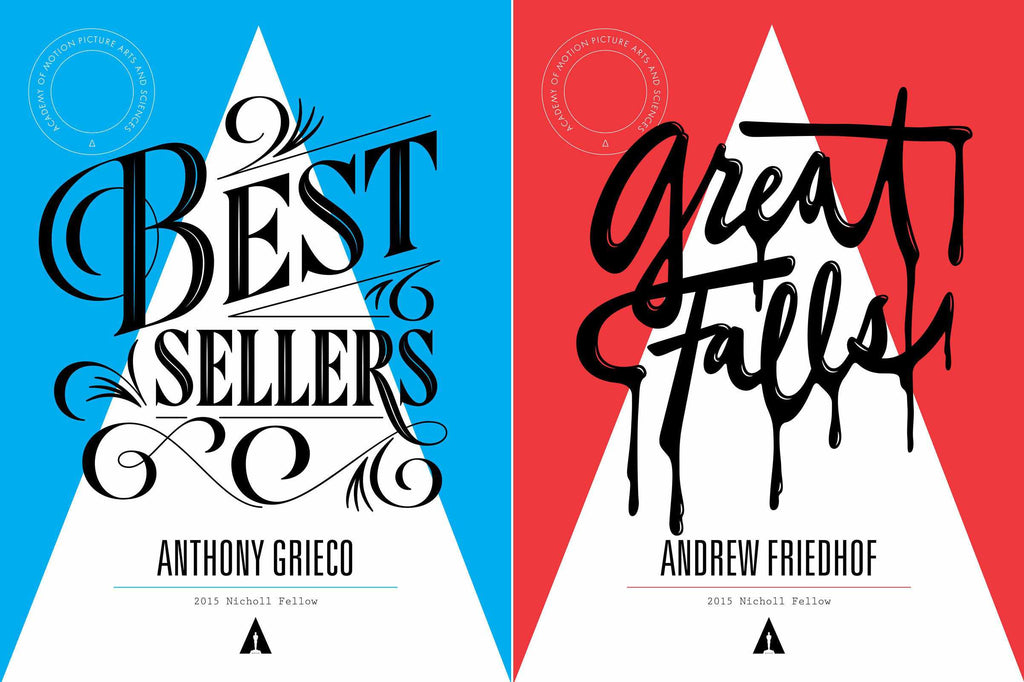
[Image: Jessica Hische, Academy Screenwriting Posters]
The main tip I would give is: take calligraphy courses. Hand-lettering is really different, but calligraphy and type design influence good lettering so much. An understanding of basic letterform construction really opens up the world in terms of how you approach projects: instead of thinking about the end result all the time, you think about the components.
When I start a lettering project I know exactly what it’s going to look like. I think, ‘Oh, it needs to be this certain width because of the layout, and this contrast because of readability’; or I want it to feel more fashionable, or more masculine. Sometimes I think: ‘Maybe it should have this serif, because that was really popular at this certain time and I want to allude to that era.’
Understanding all the pieces – and being able to remix and reconfigure them – means that inspiration for a new project comes naturally because you have a library of little puzzle pieces that you can put together. It means you won’t be thinking: ‘Oh man, I haven’t looked at fractured lettering for a while but it has to look exactly like it, so I can only look at these sort of references’.
In Progress is a fantastic resource for anyone who wants to learn about lettering. Can you recommend any others?
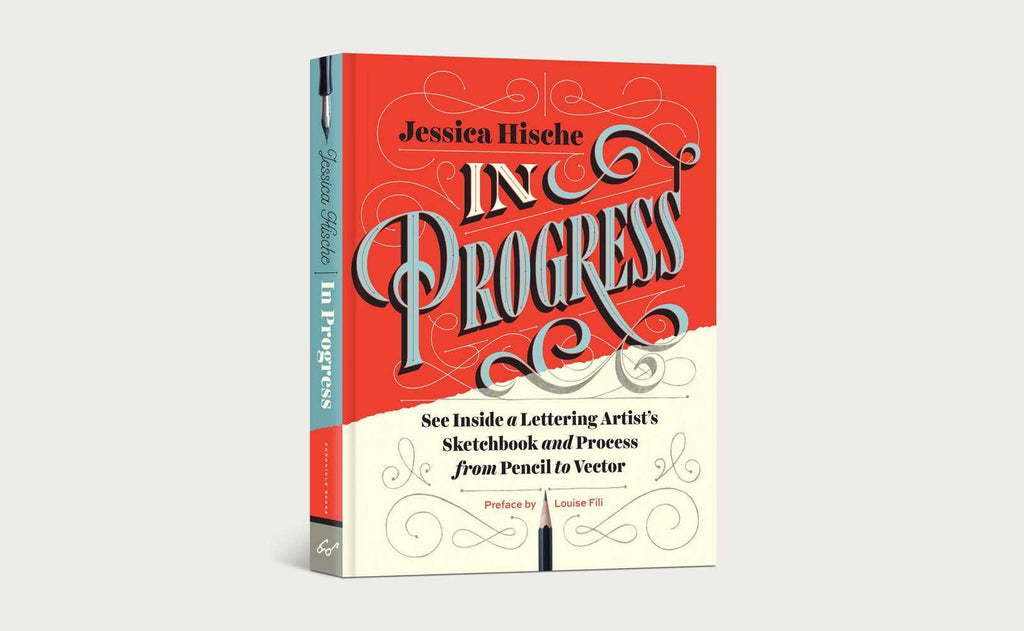
[Image: Jessica Hische, In Progress]
It depends on where you’re based… I’d say:
01. The Type Director’s Club
The Type Director’s Club do workshops and have a lot of resources online – you can get a membership, which I’d recommend because you’re supporting a really good organisation. They post resources, articles and book recommendations.
02. Type@Cooper
There’s also a program called Type@Cooper in New York and San Francisco. That’s a good place to go in terms of a continuing education-style typeface program. They’ve set up an intensive summer program for people who live abroad, and a long-form program for people who live in either of the cities. In the six months I was there, I learned more than in six years.
03. Local calligraphers
Usually in every city there’s a calligrapher, or a little collective that do workshops. They tend to be a little off the grid – they’re not mainstream design events – but you could do a bit of research and find out if they’re offering workshops, or ask if they could set one up. It seems so crazy and simple at the same time: if you’re a designer, you definitely know five people who would benefit from something like that. If you could just reach out and pool your resources…
04. Books
There are also a million new books, especially about lettering. I poured everything that I could into mine, In Progress. The idea is that once you absorb just a couple of tricks, it helps you approach your work differently. Start with some and they’ll soon make your life easier, faster and simpler.
Stay up-to-date with Jessica’s latest work on her website, through Twitter (@JessicaHische) and Instagram (@JessicaHische).
For a brief introduction to hand-lettering, grab RetroSupply’s free hand-lettering starter brush pack and follow our super-quick Hand Lettering 101 video tutorial.
And if you want to level up your hand lettering game, take a look at The Hand Lettering Toolbox. It's packed with 67 pens, pencils, inkers, erasers, and much more.

